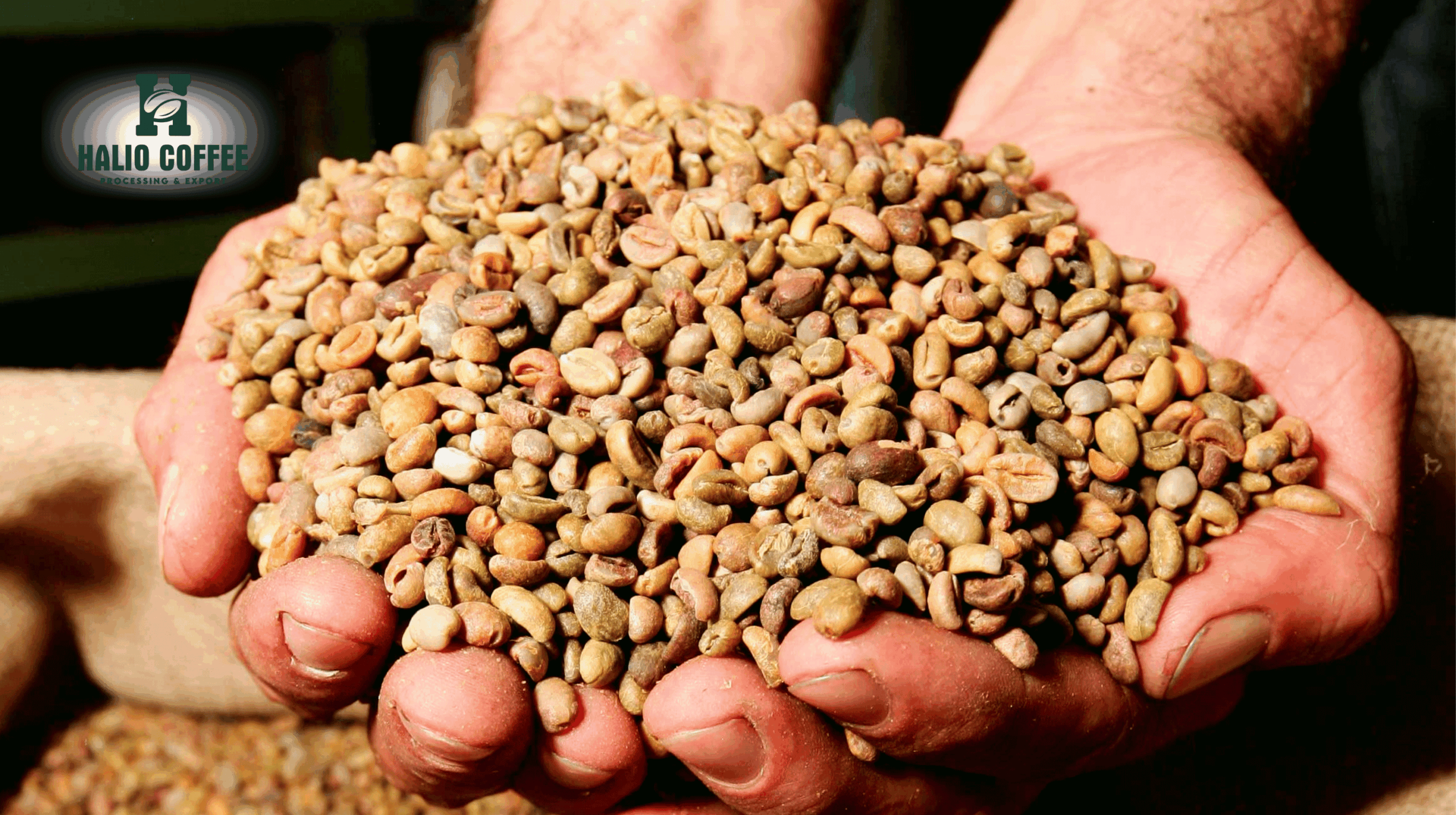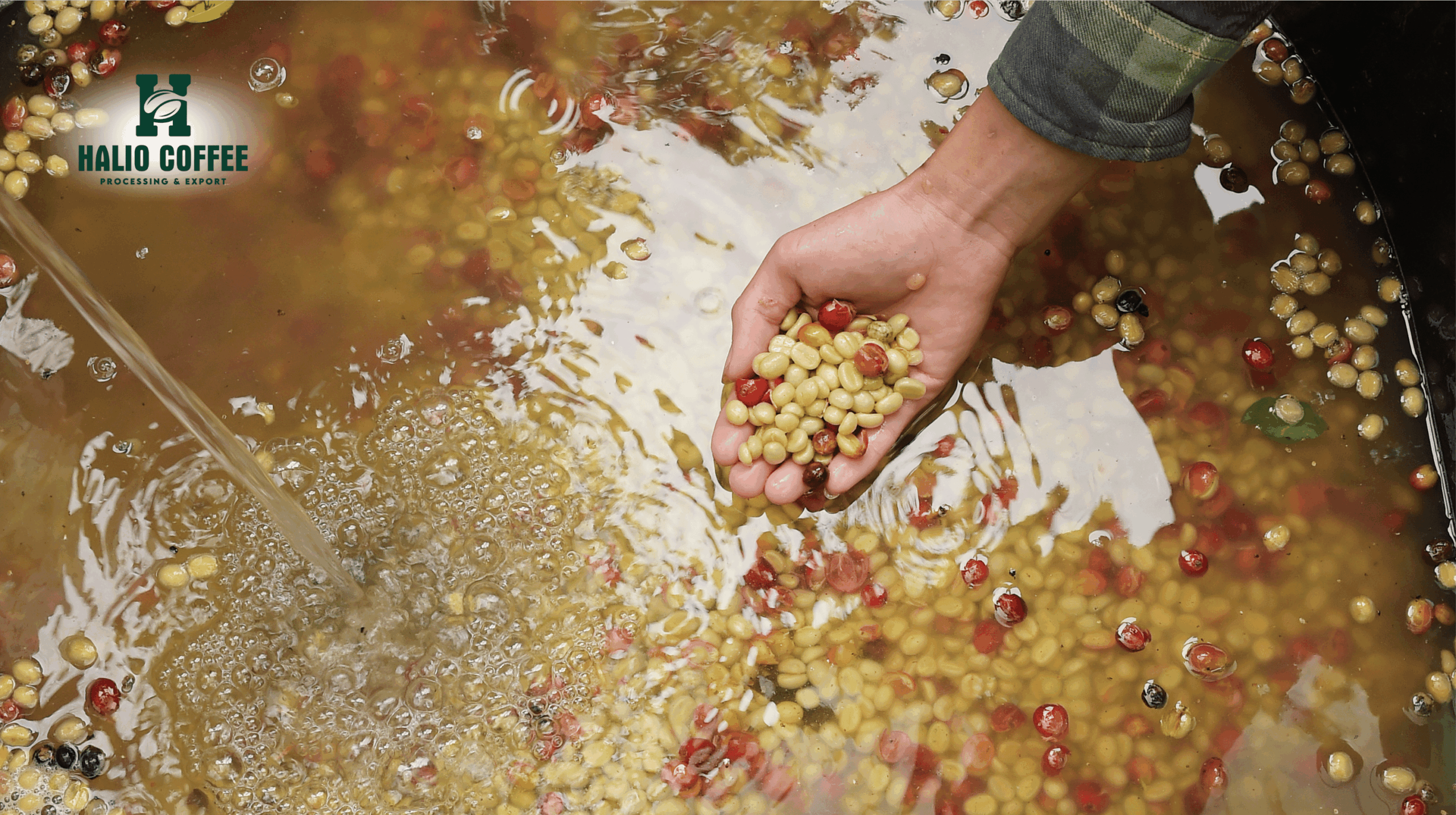Coffee Prices Today, September 17: Cooling Down After Strong Rally
Coffee prices reversed course and fell on Tuesday as updated weather forecasts predicted rainfall in Brazil’s coffee-growing regions later this week, prompting liquidation of coffee futures contracts.
Global Coffee Market Update
At the close of trading on September 16:
- On the London Exchange, robusta futures for November 2025 delivery fell 1.26% (-61 USD) to 4,781 USD/ton. The January 2026 contract also dropped 1.26% (-49 USD) to 4,725 USD/ton.
- On the New York Exchange, arabica futures for December 2025 delivery posted a sharper decline of 1.99% (-8.3 US cents/pound) to 409.35 US cents/pound. The March 2026 contract dropped 2.63% (-10.55 US cents/pound) to 390.5 US cents/pound.
According to Barchart, coffee prices gave up early-session gains after forecasts indicated rain would return to Brazil’s coffee belt by the weekend, triggering futures contract liquidation.
Market Supportive Factors
Despite the pullback, several factors continue to support coffee prices:
- The U.S. National Oceanic and Atmospheric Administration (NOAA) forecasts a 71% chance of La Niña developing in the Southern Hemisphere between October and December, potentially prolonging drought in Brazil and impacting the 2026–2027 crop. Brazil is the world’s largest producer of arabica coffee.
- The Brazilian real climbed to a 15-month high against the U.S. dollar, discouraging farmers from selling coffee for export.
- ICE-monitored inventories continued to tighten. Arabica stocks dropped to a 16-month low of 666,337 bags, while robusta stocks slipped to 6,554 lots — the lowest in two weeks and barely above the seven-week low of 6,552 lots on August 28.
Speculative Buying and Market Dynamics
Bloomberg, citing I & M Smith Ltd., reported that arabica’s recent surge past the $4.00/pound threshold was largely driven by speculative buying in a thinly liquid market. The rally triggered additional buying orders “while there were hardly any sellers to offset the move.”
Speculative demand increased particularly after Brazil’s August export data showed significant declines and certified arabica stocks continued to shrink, noted Laleska Moda, analyst at Hedgepoint Global Markets.
“Exports from Brazil dropped across nearly all major destinations, but the steepest decline was seen in shipments to the U.S. due to tariff impacts,” she added.
ICE-monitored arabica inventories are now at their lowest since April 2024, underscoring supply tightness.
Weather Outlook and Margin Requirements
While Brazil’s rainy season is expected to resume this week, Sucafina SA quantitative trader Ilya Byzov noted that rainfall levels remain uncertain. Meteorologist Nadiara Pereira of Climatempo added that precipitation is likely to be too light to restore soil moisture in southeastern Brazil’s coffee regions.
Meanwhile, the ICE exchange raised margin requirements for arabica contracts on Monday, a common step during periods of high price volatility. The new margin requirement for December contracts — the most actively traded — now exceeds USD 10,000, up 13% from the previous level, increasing the cost of maintaining trading positions.
- The Heart of Robusta: A Buyer’s Guide to Vetting Dak Lak Coffee Suppliers
- A Consultant’s Guide to the Coffee Export Customs Clearance Vietnam Process
- The Definitive Market Map: An Analysis of the Top Green Coffee Exporters in Vietnam
- Coffee Prices Today 29/9: Have US 50% Tariffs Shifted Brazilian Coffee Flows?
- Deconstructing the Green Coffee Price: A Buyer’s Guide to Sourcing Costs







